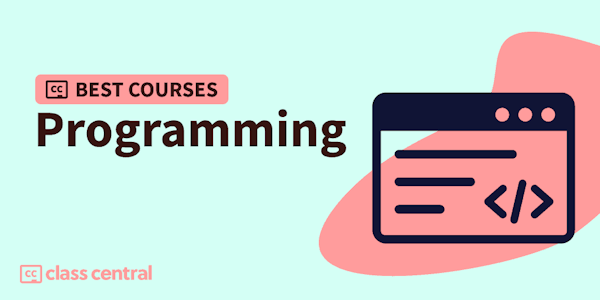In this series of liveProjects, you’ll get familiar with the highly intuitive—and popular—programming language Julia. First, you’ll use basic Julia tools, as well as some more advanced ones, to build a simple stock tracker for a shop. Next, you’ll join the fight against a fictional global pandemic by plotting and modeling the effectiveness of several measures. Lastly, you’ll help find a cure for a (fictional) global pandemic using Longest Common Subsequences (LCS), which measures the similarity between two sequences of characters. With these liveProjects, you’ll go from beginner-level to solving everyday, real-world problems using Julia.These projects are designed for learning purposes and are not complete, production-ready applications or solutions.here's what's includedProject 1 Simple Shop Stock TrackerImagine that you’re a programmer hired by a shop to build a basic digital infrastructure. In this liveProject, you’ll use Julia to create a simple stock tracker that implements the four steps of the shopping process. You’ll start by building a structure for your shop, then you’ll write a function to manage inventory delivery as well as one to keep track of items sold. You’ll wrap up by creating a function to handle cash transactions. When you’re done, you’ll have hands-on experience using basic Julia tools including functions, arrays, and dictionaries, as well as more advanced tools such as multiple dispatch and composite types.Project 2 Understanding a PandemicIn this liveProject, your task is to help fight a (fictional) global pandemic. You’ll gain hands-on experience plotting in Julia as you estimate new cases per day. You'll understand the affect of several measures through plot-analysis and basic time-series forecasting. Finally, you'll deduce what the best measures are, determine and predict their effects, and report your findings to decision-makers.Project 3 Cracking the CodeIn this liveProject, you’ll help find a cure for a (fictional) global pandemic by identifying the origin of the virus. Biologists have already narrowed the list of suspects down to three animal species. Longest Common Subsequences (LCS) can help you measure the similarity between two sequences. You'll use them to compare the animal sequences with the virus’ sequence. You'll get a sense of what percentage of the sequences should be common versus what is actually common between the sequences studied, then you'll be able to identify the virus’ origin based on your findings.project authorJoris LimonierJoris Limonier has worked at the Unit of Research in Computer Science at the University of Luxembourg and has a strong background in Julia, Python for data science, LaTeX, and Swift. He’s earned degrees in mathematics, data science, and artificial intelligence. To share his passion for Julia, he creates Julia content including YouTube videos and open-source projects on GitHub.prerequisitesThis liveProject series is for programmers ranging from beginner to advanced who want to learn about Julia, how to use it, and why it’s so popular. To begin these liveProjects you'll need to be familiar with the following:TOOLSBasic mathematics and statistics (mathematical operations, logical reasoning)Basics of programming (data structures, arrays, dictionaries, loops, functions)A text editor (e.g. VSCode) or a notebook (e.g. Jupyter Notebook)featuresself-pacedYou choose the schedule and decide how much time to invest as you build your project.project roadmapEach project is divided into several achievable steps.get helpWhile within the liveProject platform, get help from other participants and our expert mentors.compare with othersFor each step, compare your deliverable to the solutions by the author and other participants.book resourcesGet full access to select books for 90 days. Permanent access to excerpts from Manning products are also included, as well as references to other resources.
Overview
Syllabus
you will learn
- In this liveProject series, you’ll learn tools and skills that will take you from beginner-level to solving everyday, real-world problems using Julia.
- Julia basics
- Arrays
- Sets
- Dictionaries
- Functions
- Multiple dispatch
- Structures
- Data visualization
- PlotlyJS library
- Statistics library
- LCS basics
- Draw conclusions from plots
Taught by
Joris Limonier



